Blue biotechnology and aquatic life
Hi fellow Steemians, today I want to introduce you to blue biotechnology – a branch of biotechnological research focusing on the application of marine organism in production of various interesting compounds as well as food production. I already covered the basics about biotechnology (HERE), but now I will go into more detail and show you application of such research.
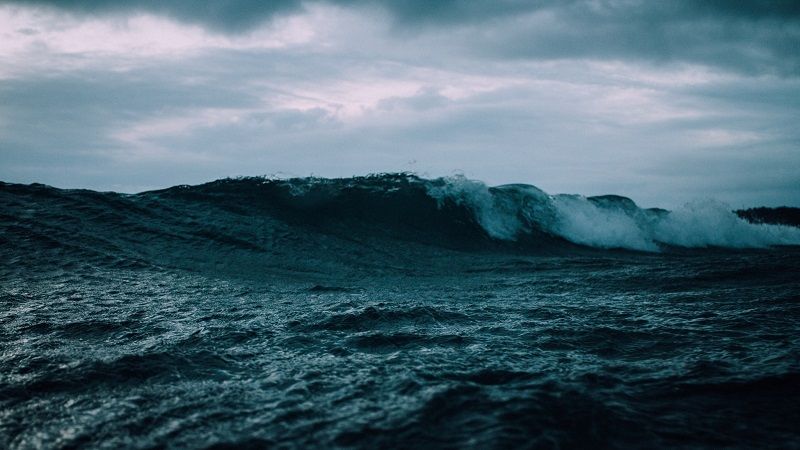
Source
Introduction
Water covers almost 75% of the Earth’s surface. But you have to take depth of water column into account as well - it is up to 10,000 meters. So, the marine environment makes up more than 300 times the inhabitable volume of terrestrial environment. This is huge and vast space and actually most of it remains to be discovered - along with its inhabitants. It is funny, because while we are trying to explore the space, we haven’t actually fully explored our own planet. It is estimated that more than 80% of all organisms on Earth live in aquatic habitats. Thus, there might be and probably are countless answers to our problems - maybe new cancer drugs, new enzymes, antibiotics, etc.
Most of the aquatic organisms face many difficulties - conditions such as high pressure, extreme temperatures or limitation of nutrients. There is also high salt concentration in oceans and light penetration is a problem as well. Life under such hostile conditions requires adaptation strategies in order to survive. This evolutionary drive may thus present us with unique coping mechanisms or substances.

Blue biotechnology, also known as marine or aquatic biotechnology, is one of the branches of biotechnology with focus on the potential of water organisms. This involves the use of these organisms as means of food, but also development of new drugs or other compounds. It is probably the least developed branch of biotechnology, but maybe one with the greatest potential. In the next parts of this article I want to introduce you to some of the products or discoveries that blue biotechnology already delivered.
1. AquaAdvantage Salmon
It is a name of a genetically modified (GMO) Atlantic salmon developed by AquaBounty Technologies in Canada in the 1990s. The genome of this salmon contains an additional gene coding for a growth hormone from another fish - Pacific chinook salmon. Thus, the growth rate of this GMO salmon is greatly accelerated. It does not grow bigger than the non-GMO one, but it reaches the market size twice as fast (18 months instead of 3 years). There are both proponents and opponents of this particular GMO salmon and the reports on the effect of the transgenic growth vary. And even though it was developed in the 90s it has still not approved in the EU. However, the fact remains that the world population is rapidly increasing and therefore we have to come with technologies that increase the production of food. Is GMO food good or bad? Well, that is discussion for another time and also probably a personal choice.
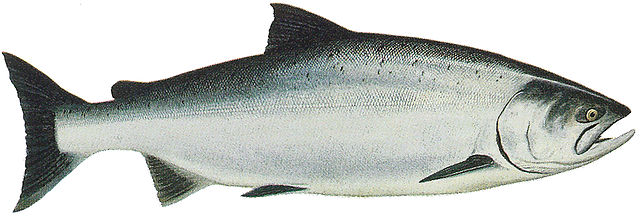
Source
2. Metagenomics
Aquatic environment is inhabited by vast array of different life forms - ranging from microscopic viruses, phages through bacteria and archaea to large plants and animals. It is thought that probably 99% of all microorganisms cannot be cultured. Does that stop us from harnessing their powers? No.
Metagenomics represent a culture-independent method of sequencing genetic material (like DNA or RNA) from environmental species. I will not try to describe how sequencing works here, but the output is that you can determine a sequence of DNA. Then you can use specialized software to analyse these sequences and compare them to other sequences from different organisms. And sequences for various things (proteins for example) exhibit some similarities, thus you can find so called protein-coding genes in DNA. And the motivation of metagenomics is to "scan" environment for interesting genes. Then you can transfer these genes to other organisms and see the actual effects of these compounds. And I think it is a nice vacation - taking a boat and cruise the seas - and from time to time gather some water samples!
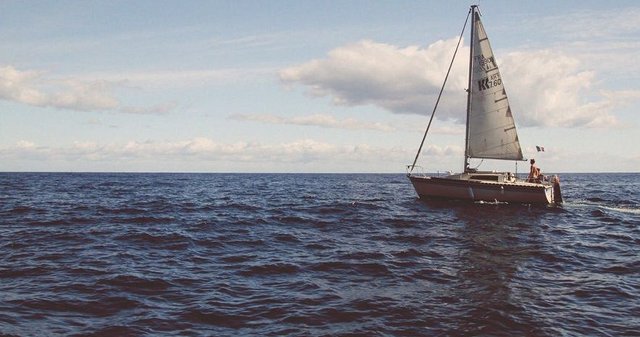
Source
3. Drugs from the sea
Even though marine environment promises huge number of interesting bioactive compounds, most of them still wait to be discovered. Here I want to give you few examples of drugs that are already employed and originate from aquatic organisms.
For example, salmon calcitonin is 20 times more bioactive then human one. To explain: Calcitonin is a hormone that stimulates calcium uptake and bone calcification and inhibits bone resorption. And funny fact here - we actually do not know why is the salmon one so much more efficient! It is available as injection or nasal spray.
Then we have for example hirudin from the salivary gland of leech prevents the formation of blood clots and thrombi. Hirudin can be administrated in the form of injection or cream.
Another example is trabectedin - an anti-cancer drug from sea squirt. And even though its precise mechanism of action is not well understood it was approved in 2007 by the EU for the treatment of soft tissue sarcoma (well, they approve this, but not the salmon.. :D ).
There are other examples in the form of tetrodoxine, ziconotide or squalamine - all of them have high medical value. And these examples only underline the importance of broadening the application of blue biotechnology - as there are probably tons of compounds like this!
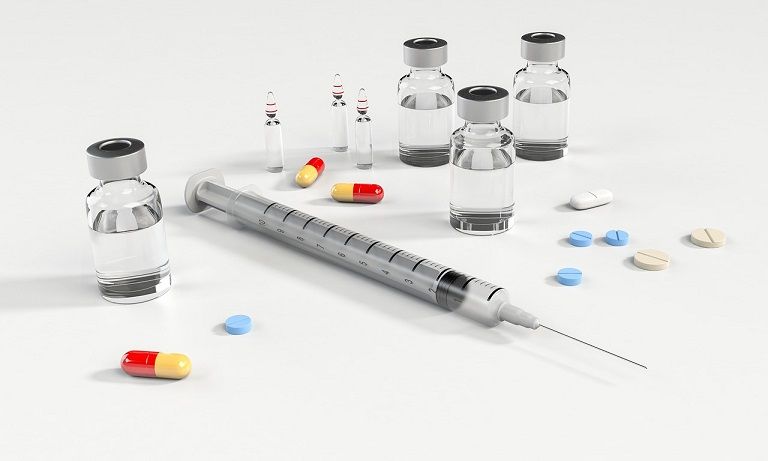
Source
And much more!
There are plenty of other examples of bioactive compounds from aquatic environment, let’s have a quick look!
In molecular biology there is the green fluorescent protein (GFP) from jellyfish Aequorea victoria. Scientists use this protein worldwide in orther to visualize plenty of stuff in cells. There are also heat-stable polymerases form Thermus aquaticus and Pyrococcus furiosus* that are used for the purposes of polymerase chain reaction (PCR) - a technique that allows scientists to duplicate DNA.
Novel proteases (protein-degrading enzymes) or lipases (lipid-degrading enzymes) have been isolated from marine organisms and are tolerant to high pressure, salt or organic solvents. There are also alkane hydroxylases from ocean microorganisms that have potential in oil spills bioremediation.
Last but not least, there is this anti-freeze protein found in cold-water fish. Production of such proteins in crops results in increased frost tolerance, thus enabling them to survive even in harsh and hostile climates- and that may enable us to grow more crops!
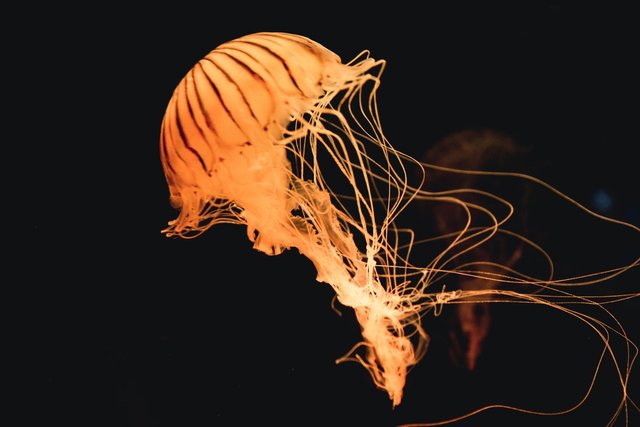
Source
Concluding Remarks
As mentioned before, even though blue biotechnology is currently underdeveloped in comparison to other branches of biotechnological research, it might hold the greatest treasures (in a biological context). The development of novel techniques will only propel this process of discovery. However, many times it is not enough to only find interesting bioactive compounds. It is also necessary to create products with improved properties- and that will be possible only due to collaborative efforts between environmental and molecular biologists, chemists, bioinformaticians and engineers. We shall see how it goes.
Have a great day!
References
All the information was acquired from the book: Biotechnology by Ulrich Kück and Nicole Frankenberg-Dinkel as well as from the lecture of one of the authors.
Being A SteemStem Member
Being A SteemStem Member
There is a great collection of yearly reviews, written by Blunt about all the things extracted from everything that is living in the sea. Only staring at the molecules is simply beautiful
Did not know about that, sounds interesting. Even thoug I am not sure if I could appericate the structure of the molecules, haha :D The structure of GFP looks nice, though.
Nature surprises you again and again! Interesting read! Thanks!
Happy that you enjoyed reading it!
And yes, could not agree more, nature always surprises you. And luckily we are great at copying stuff, so it serves as good inspiration.
Wow interesting read. Aquatic life is very fascinating. I didn't know there were so many medicinal benefits from it. Interesting read.
And I actually mentioned only few of them!
Am glad you liked it :)
STEEM GIT F RATING DUE TO FRAUD
https://kryptous.com/steem-crypto-coin-rating-f/
Steem is a scam